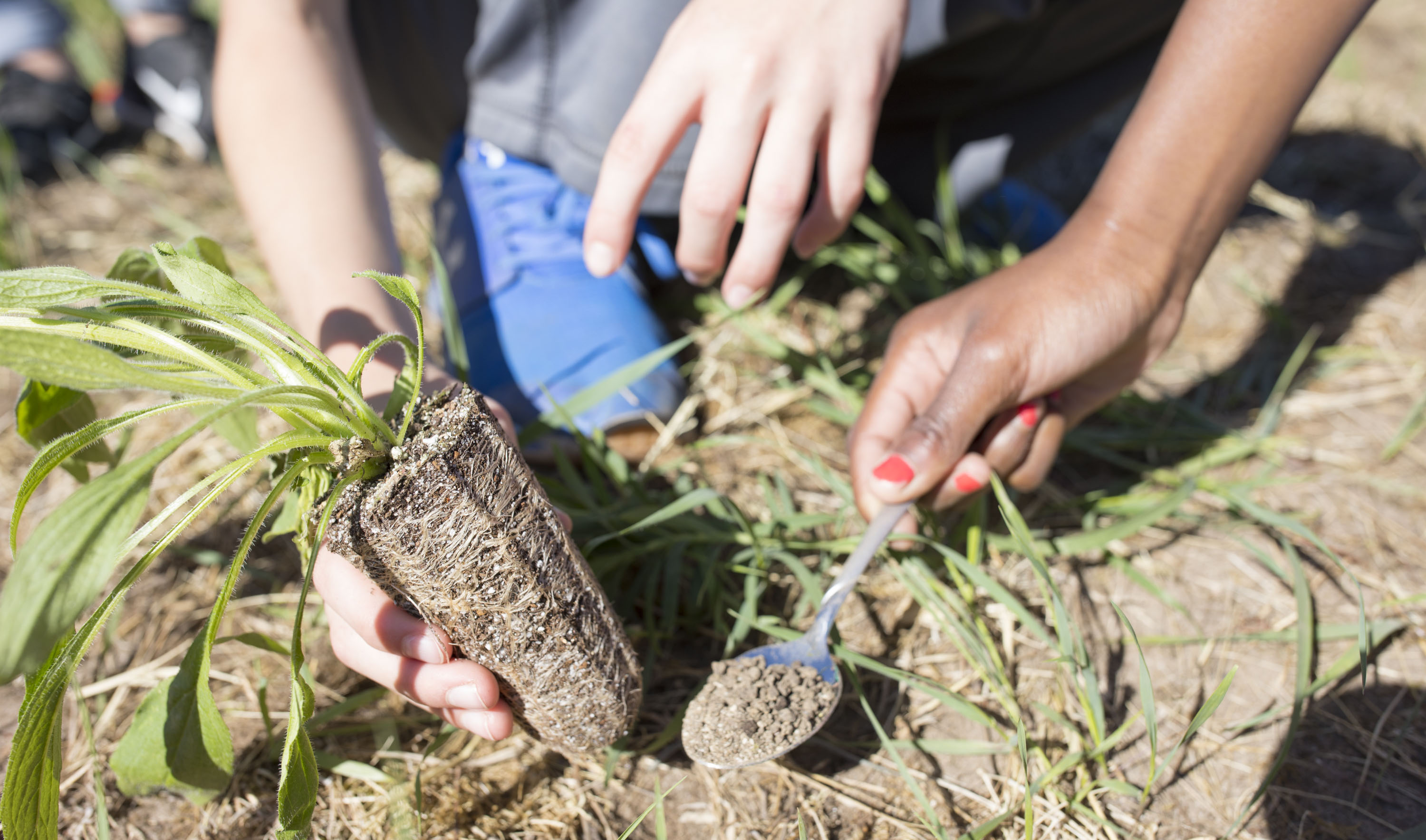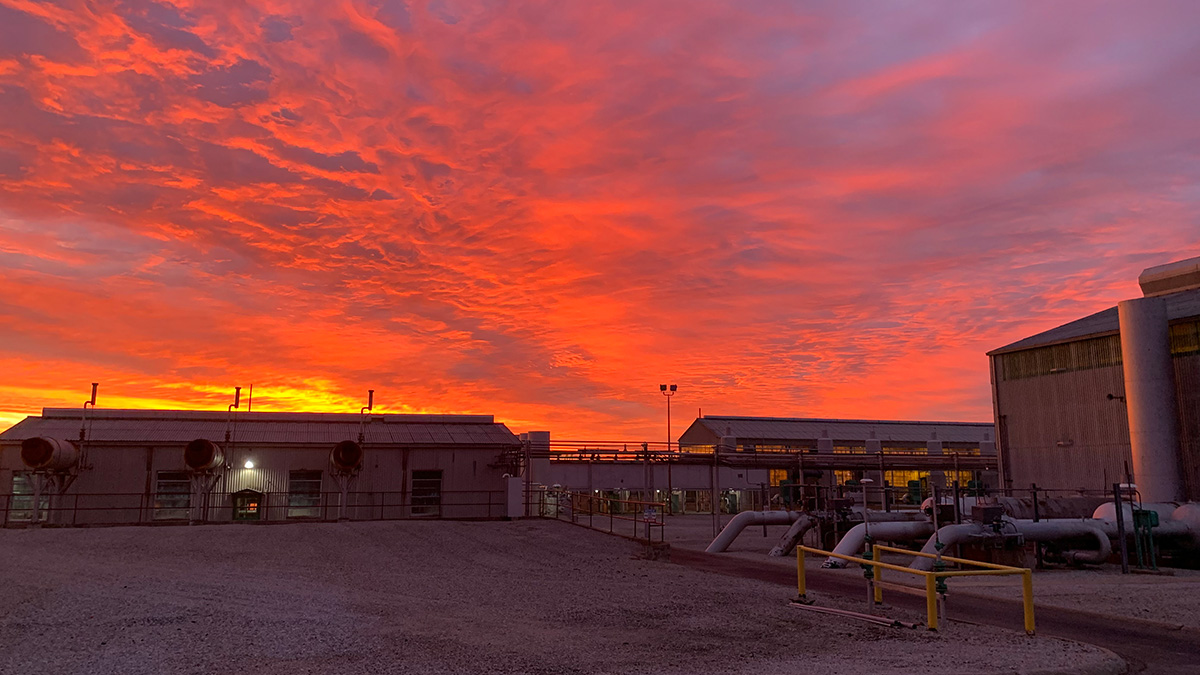Apr 8, 2024
Why restoring pollinator habitat is the 'single most important conservation movement of our time’

TransCanada joined forces with Save our Monarchs to plant thousands of milkweed and other native wildflower plugs across a 4,000-acre tract of land to attract monarchs and other pollinators.
When you're sitting at your breakfast table sipping your morning coffee and fruit juice, as you take a bite of your granola, take a moment to thank the birds, bees, butterflies and other pollinators that made your breakfast possible.
Pollinators are critical to producing many of the foods we consume daily, this includes thousands of crops such as coffee and cocoa, as well as many of the fruits we eat such as apples, strawberries, peaches and melons. One third of our food supply requires pollination.
"Pollinators are incredibly important for a lot of reasons. First, pollinators are keystone indicators of environmental health. Second, they are crucial to our country's food supply and agriculture," said Pete Berthelsen with the Bee & Butterfly Habitat Fund.
But sadly, monarch butterflies have been making headlines since 2014 when their Mexico hibernation numbers plunged to record lows—down by 90 per cent from 1996. One of the primary causes of this decline is the loss of habitat, including milkweed, the monarch caterpillar's only source of sustenance, which is disappearing throughout the butterfly's migratory flyway from southern Mexico to eastern Canada.
Largest monarch butterfly habitat restoration project on privately-owned lands
That's one reason that set Berthelsen and a group of like-minded conservation organizations, community volunteers, biology students from Ferris State University, and TransCanada employees to come together in Big Rapids, Michigan with the common goal of restoring habitat for the monarch butterfly – one of North America's important pollinators.
"This is the greatest conservation movement of my lifetime," said the wildlife biologist of 35 years. Berthelsen is passionate about taking action to restore pollinator habitat.
As part of this Pollinator Pathway Initiative pilot project, volunteers gathered on TransCanada land near TransCanada's Woolfolk Compressor Station to plant thousands of milkweed and other native wildflower plugs across a 4,000-acre tract of land to attract monarchs and other pollinators. The planting event was held as part of a three-year project between TransCanada and the Save Our Monarchs Foundation (SOM).
The new 'industry standard'
The goal of this innovative initiative is to create breeding grounds for monarch butterflies across 11,000 acres where TransCanada owned land and pollinator migration routes intersect across North America, making this the largest monarch habitat restoration project of its kind on privately owned lands in the U.S.
"Our existing assets align remarkably well with the monarch migratory route between Mexico and Canada, said Brad Stermer, environmental specialist, operations and engineering for TransCanada. "Through our environmental partnership with SOM we have an opportunity to play a larger role in directly supporting pollinator health over the long term."
SOM's Corridors for Pollinators program is committed to increasing habitat for monarchs and other pollinators and engages with companies that have rights-of-way across North America to manage their properties as habitat through integrated vegetation management and the reintroduction of native pollinator plant species.
"TransCanada's support of our mission has been invaluable," said SOM's program director, Randall Gilbert. "This large-scale habitat restoration project will help make a significant impact on recovering monarch populations. I would like to see projects like this become the new industry standard."
Over the next few months, local biology students from Ferris State University will monitor the site across from TransCanada's compressor station and will record their observations on plant and pollinator species. SOM will then share this information and results with other companies, conservation organizations and the public with the goal of inspiring similar restoration efforts.
Additional restoration steps and volunteer activities will take place in the fall.
"As a leading North American energy infrastructure company, we have an important role to play in contributing to the health and vitality of the communities where we live and work," said Rich Connor, Director for TransCanada's Great Lakes Region.
"Our Pollinator Pathway project is one way we can make a positive difference in our communities."
Thanks to all organizations involved in this effort:

Michigan Department of Natural Resources
Visit Website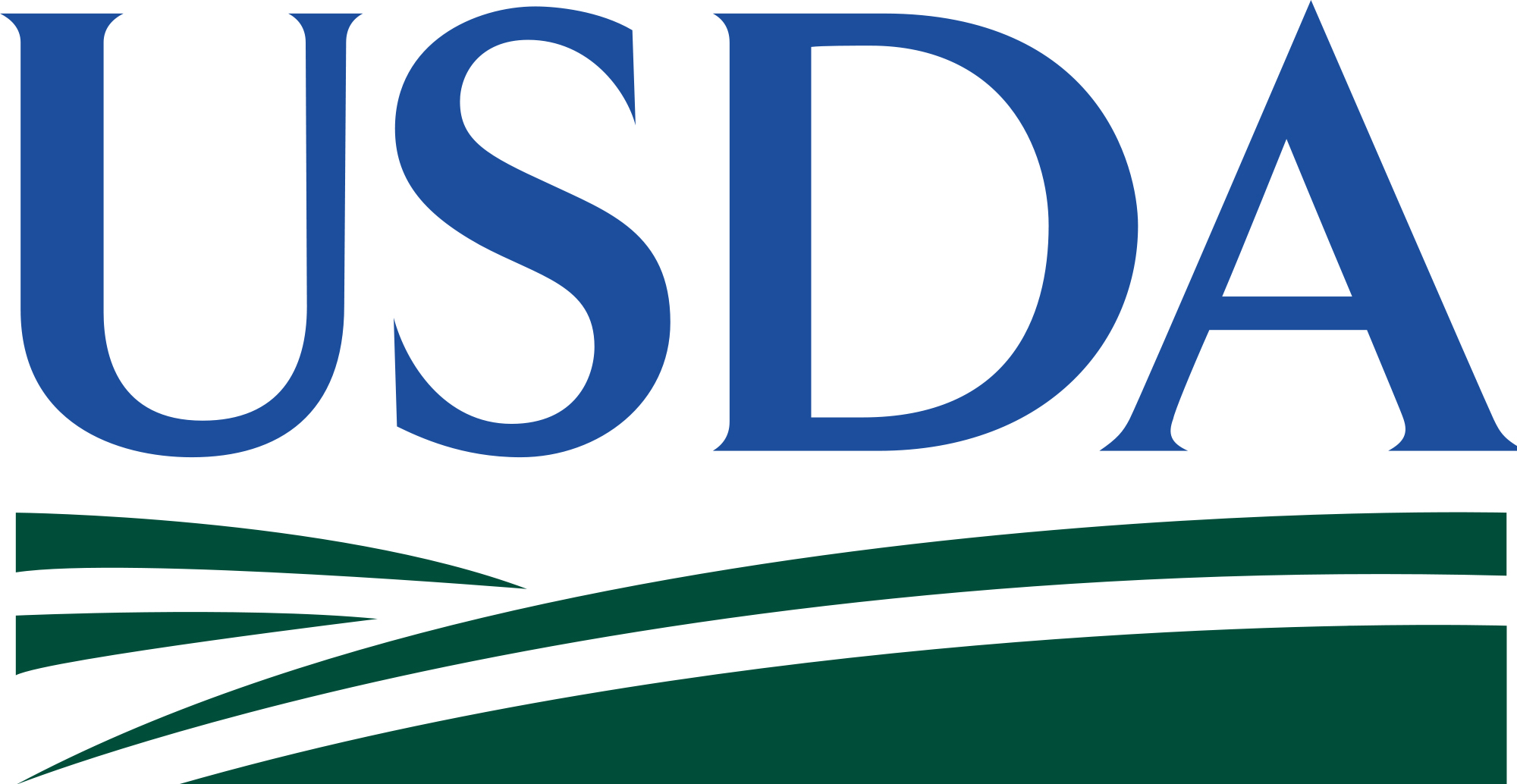
United States Department of Agriculture - Natural Resources Conservation Service
Visit Website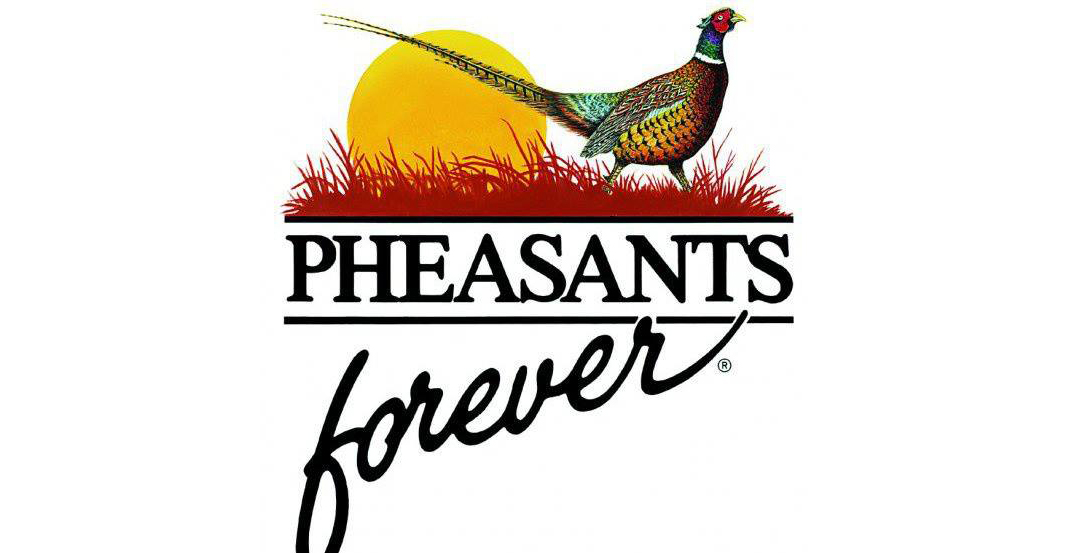
Pheasants Forever
Visit Website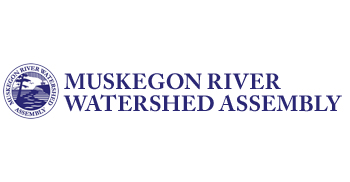
Muskegon River Watershed Assembly
Visit WebsiteAnd special thanks to Save our Monarchs for partnering with TransCanada on the Pollinator Pathway initiative.
